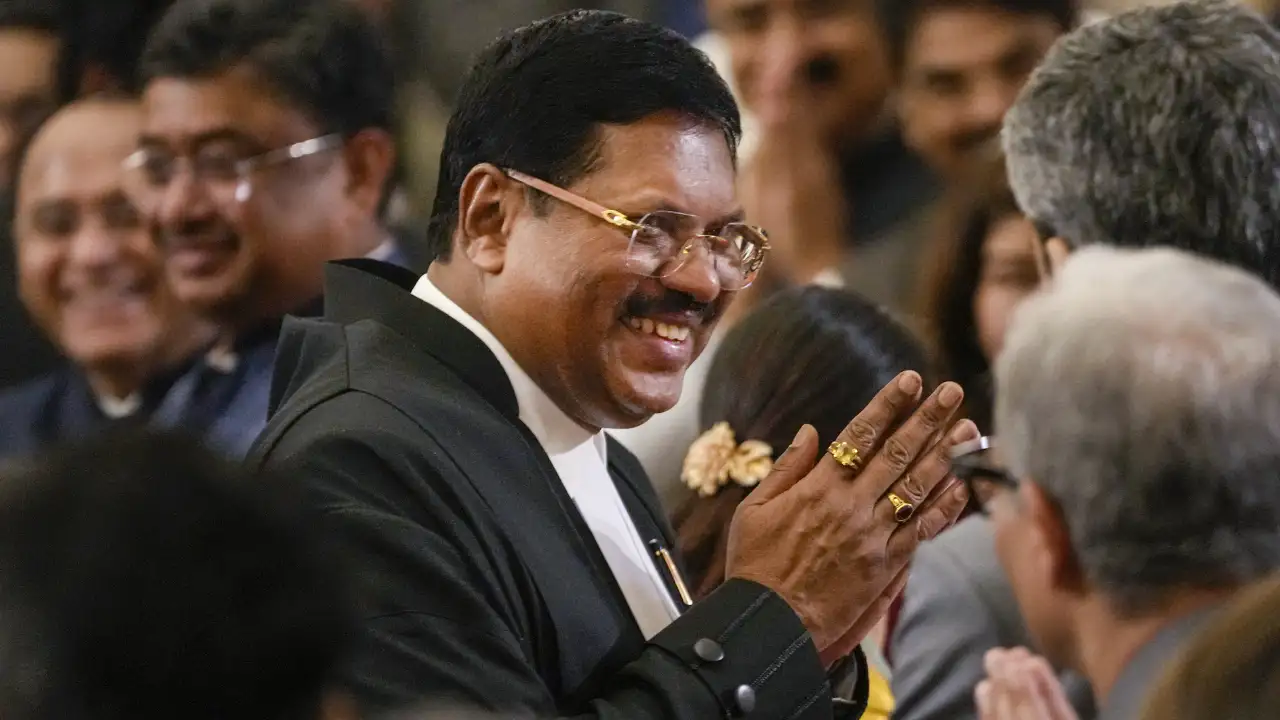Justice Bhushan Gavai Takes Charge as 52nd Chief Justice of India
Related Articles
जूनागढ़ मे 253 करोड़ के साइबर फ्रॉड का पर्दाफाश, ऑपरेशन म्यूल हंट के तहत कार्यवाही हुई
जूनागढ़ साइबर क्राइम पुलिस ने ऑपरेशन म्यूल हंट के जरिये 253 करोड़ के बड़े साइबर फ्रॉड का किया पर्दाफाश, इस मामले मे 8 आरोपियों...
Wildfire ravages forests near Dzukou valley in Nagaland
A massive wildfire has engulfed forest land under Khonoma village, west of Kohima, causing extensive damage to virgin forest areas and triggering serious concerns...
Bangladeshi Navy attacks fishing trawler in Indian waters, five fishermen missing
A Bangladeshi naval vessel attacked a fishing trawler from West Bengal’s South 24 Parganas in Indian waters in the Bay of Bengal. The trawler,...


